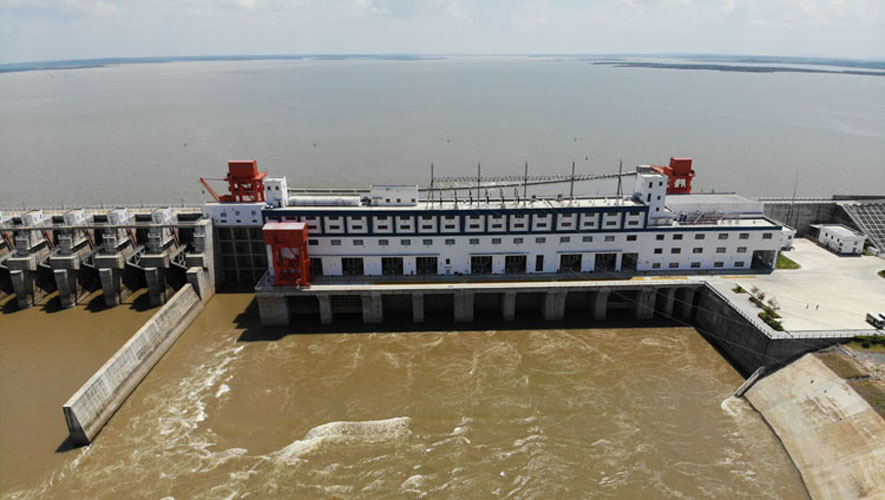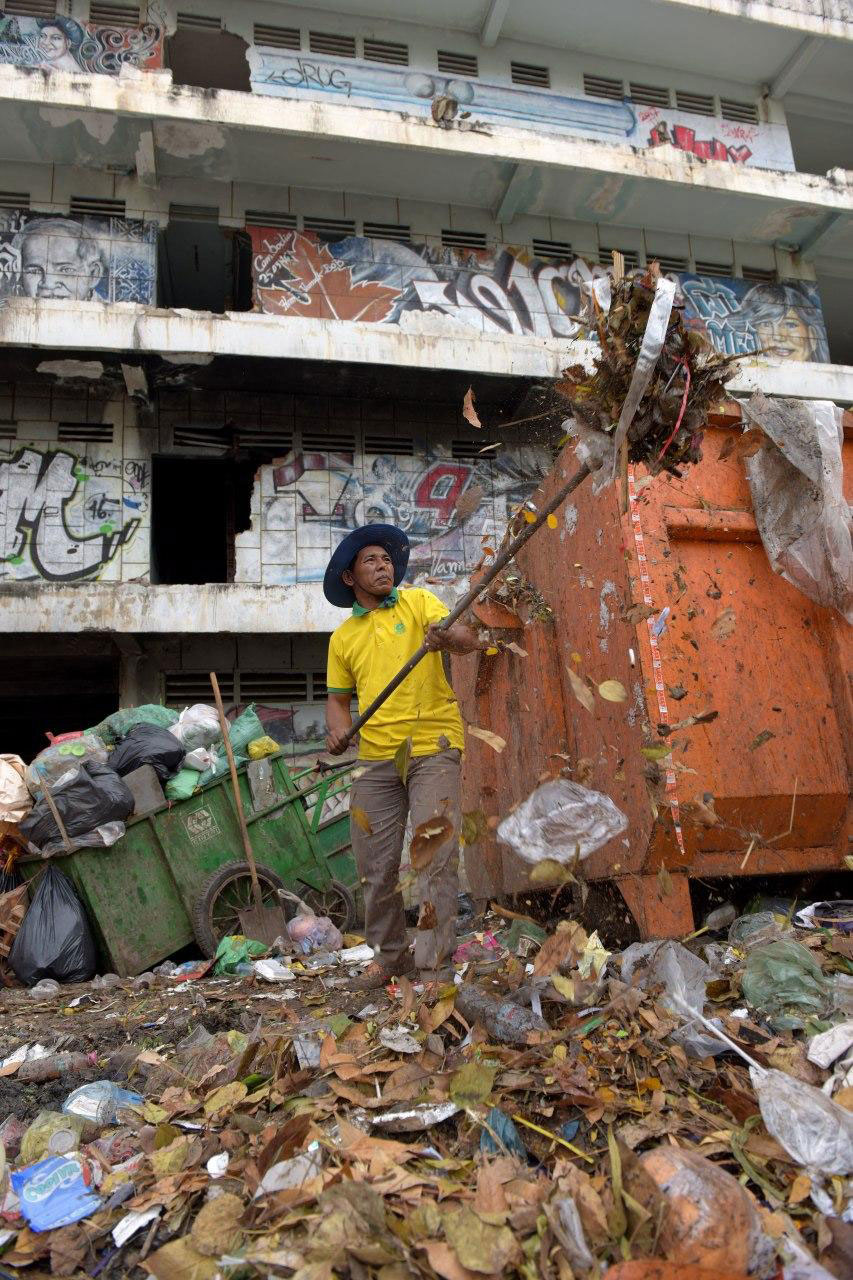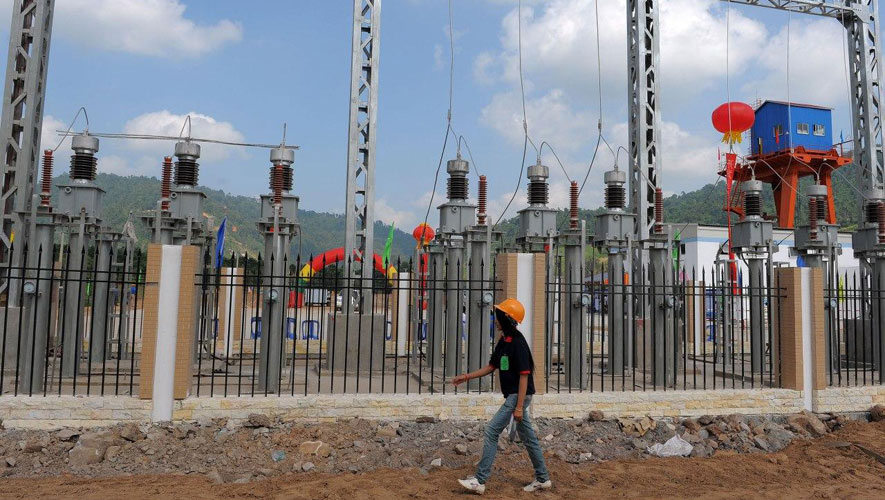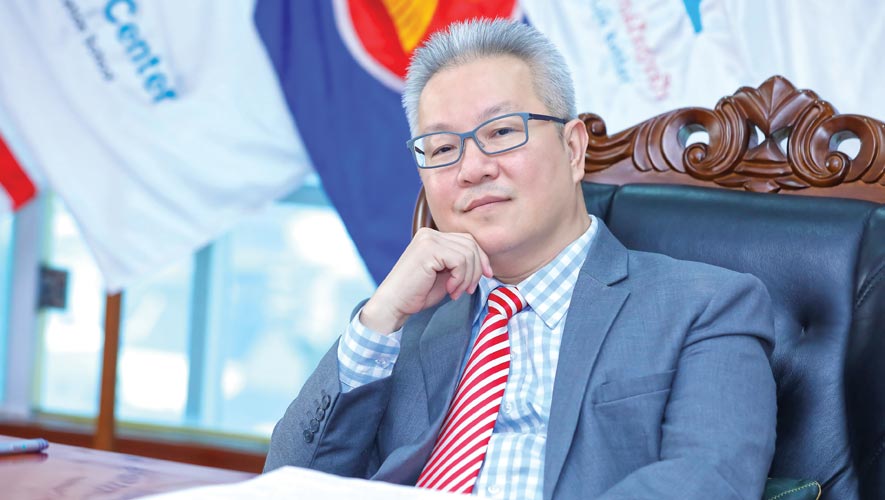The government pledged that this year all villages in the country would be electrified and at least 70 percent would have access to reliable energy sources within 10 years.
For the latest Cambodian Business news, visit Khmer Times Business
Its policy is to attract energy investment that can help provide efficient, trustworthy power and lower tariffs.
After many power cuts in 2019, the government is looking at new projects ranging from hydro dams to solar, from coal-fired power plants to wind energy and from liquefied natural gas (LNG) to imported sources.
The demand for power consumption is projected to go soar because of high economic growth and better living standards, reflected in increased investment in manufacturing and construction.
Victor Jona, director general of Energy at Ministry of Mines and Energy, said demand for power in Cambodia is rising 16 percent to 18 percent per year.
In a survey by Japanese consultant company Chugoko Elecric Power Co Inc, the nation’s power demand is projected to be 12,000 megawatts (MW) per year by 2030, Jona said.
“It is only a projection. When we try to predict specific figures for power demand, we have to ask how to generate enough to match this. We have to prepare a plan regarding which sources are best to produce power,” he says.
“We need multiple sources with imported power at 20 percent to 25 percent,” adds Jona. “And we aim to increase power generation between 70 percent and 75 percent – all at a lower cost to the consumer.”
“Both the Ministry [of Mines and Energy] and the EDC [Cambodia’s Electricity Authority] promise no blackout days from 2020 onward,” Mr Jona said.
A recent report from the Ministry of Mines and Energy shows that based on growth at 16 percent, the country’s electricity supply should have reached 2,870 MW in 2019, of which 20 percent is said is to have been imported from neighboring countries and the rest generated from local power sources.
With power demand growth projected to rise fast, several energy investment projects have been approved.
The country was experiencing daily power cuts as a result of extremely hot and dry weather in 2019. The seven hydropower dams in the country were unable to produce sufficient energy because of a lack of rain.
Prime Minister Hun Sen said the country was facing an electricity shortage of about 400 MW last year. He appealed to people, especially those in the business sector, to understand that this was because of an ongoing dry spell.

New power sources
As of 2019, the government approved 410 MW of power generated from solar, accounting for an estimated 15 to 17 percent of total power generation.
By 2023, all solar photovoltaic energy is expected to generate power to the grid at a cumulative 410 MW.
Also, Cambodia currently produces 505 MW from two coal-fired power plants. Of that, 100 MW comes from CEL I while the rest is generated by CIIDG Erdos Hongjun Electric Power, which has three 135 MW coal-fired generating units. Both plants are in Preah Sihanouk province.
Other coal-fired power plants which are currently under construction are scheduled to generate power to the grid from between this year and 2022 . They would add 1,035 MW by that year.
Another group, Han Seng Coal Mine is now building a 200 MW coal-fired plant in Oddar Meanchey province.
The 135 MW coal-fired power plant, called CEL II, located in Stung Hav district, Preah Sihanouk province, is scheduled to go online next month.
And other two 350megawatt coal-fired power units, which broke ground in December last year are scheduled to be linked to the national grid in 2022.
The country produces 1,400 MW power from seven hydropower dams. The power accounts about 35 percent.
A recently-approved 80MW-hydropower dam project in Pursat province is scheduled to go online by 2022.
In 2019, Cambodia imported about 20 percent of total power consumption, according to Jona.
Laos will be the biggest source of imported power from the year 2024 compared with Thailand and Vietnam, both of which are also power importing countries to Cambodia.
From 2024, Cambodia will star to import more power in three steps of 2,400 MW power. The power purchase agreement was signed last year.

Additionally, 400 MW will be generated from diesel-run power units located in Kandal province, east of Phnom Penh, will be online to join in supplying power to the capital by May this year.
The government is looking beyond the existing power sources to clean energy, bearing in mind so-called clean energy creates greenhouse gases in construction of the infrastructure and conversion to power.
An 80MW wind energy project was proposed by Singapore-based The Blue Circle.
“Cambodia currently does not have power generation from wind energy. Wind energy produced by The Blue Circle would be the first investment firm of its kind in the country.
“The power produced needs to be based on the negotiation between investors and EDC (Cambodia’s Electricity Authority) on an agreed acceptable tariff because the government sets a vision that we have to decrease power tariffs every year. So, both the ministry and the EDC have to make efforts in finding power sources that have prices lower than those in line with government policy,” Jona said.
The government is also focusing on waste-to-energy investment which helps garbage management in cities and generates power. It is looking for investors to participate in this.
Jona said the high cost of investment and power tariffs generated from waste-burning power plants are higher compared with other power sources.
“Through the discussion, we hope the government through the Ministry of Economy and Finance will find an appropriate deal such as a subsidy policy to encourage waste-to-energy investment,” Jona said.
All of these projects are providing potential efficient power systems for Cambodia with the added incentive of drawing in new investments, Jona said.
Ngoun Meng Tech, director general of Cambodia Chamber of Commerce, noted that the government’s reforms on improving investment and the business environment are improving.
“Dropping power tariffs will encourage investors from different fields to come to Cambodia. It is one of several factors attracting investors to invest in the country,” Meng Tech says. “I have met investors and they have noted concerns about power supplies in Cambodia.”
The government has made efforts to focus on multi-sources such as green energy including solar and wind power and diversification of sources, Meng Tech says.




